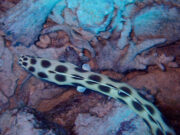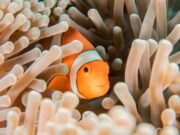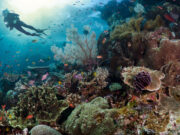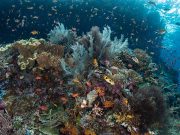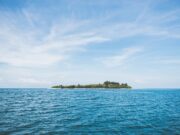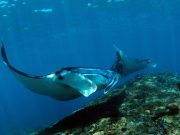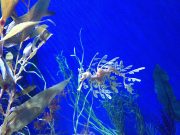Diving with Oceanic Whitetips
The glorious oceanic whitetip sharks spend a lot of time in shallow water, tend to swim slowly and are very curious. All of these mean that divers can get superb closeup view of them....
Tumble drying in a washing machine releases microplastic fibres as "laundry lint" which damages the gills, liver and DNA of marine species, according to new research.
Scientists at the University of Plymouth exposed the...
In April the Underwater Photography Guide launched the Ocean Art Safe Under the Sea underwater photo competition to help raise money to fight coronavirus.
Yannick Bruynoghe"Welcome to Tubbataha"
Not all humans are morning people. Neither, according to a new study, are all sperm whales - at least when it comes to foraging for food.
The research, led by the University of East...
The young fish like to seek out large animals like sharks, groupers and dugongs for protection, acting as pilot fish.
Main photo credit: Alexander Vasenin, CC by SA 4.0
There was a vital conservation win for a critically endangered species of shark this week at the 13th Conference of the Parties (CoP) of...
People eat a lot of fish. Different sex-changing fish can follow several signals that prompt them to change sex. Some change from female to male at a fixed size or age. Often, fisheries will only harvest fish over a certain size. This means catching more males because they are usually bigger, which then skews the population towards female. Not enough males are then available to fertilise all the eggs produced by the females.
Metals like copper from agricultural runoff and marine paint leaching from boat hulls poses a threat to soft coral sea fans, especially in warming seas.
While plastics and microplastics are a well-known threat to the world's oceans, the effect of...
Instead of "whooping" they make very quiet, short, grunt-like sounds that can't be heard more than a short distance away.
You see the Moorish Idol in ones, twos or large groups in the Indian and Pacific Oceans. It's not found in the Northern Red Sea though. They are very easy to recognise, with their daytime black, white...

